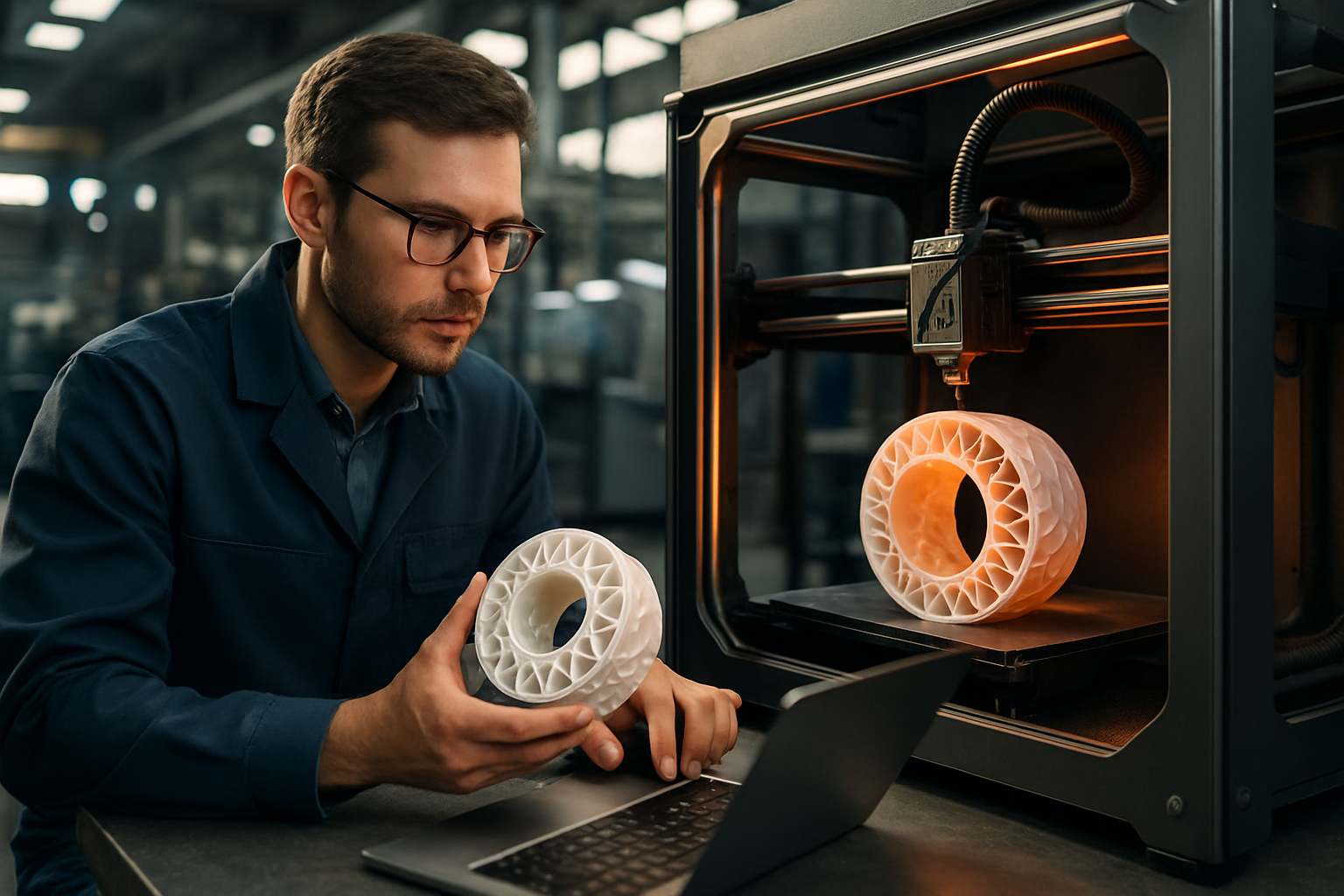How Automation Integrates with Pneumatic Power Systems
Automation and pneumatic power systems often work together in industrial and commercial environments to move, position, and control goods. This overview explains how automation interfaces with compressors, valves, and controllers to deliver reliable performance, and how such integrations influence design, operations, and workforce needs across construction, distribution, and manufacturing settings.

Automation and pneumatic power systems form a practical combination in many industrial, commercial building, and construction projects. Pneumatic systems—driven by compressed air—provide clean, reliable force for actuators, conveyors, and tooling. When automation is applied through sensors, programmable controllers, and smart valves, pneumatic systems become more precise, efficient, and manageable across a pipeline of tasks from goods handling to insulation panel placement on container building projects. This article explains integration patterns, design trade-offs, and operational factors to consider for businesses adopting this model.
How does automation work with pneumatic systems?
Automation connects to pneumatic systems primarily through sensors, controllers, and electrically actuated valves. A typical model uses an air compressor to supply compressed air through distribution lines to actuators and valves. Sensors detect position, pressure, or flow, and a programmable logic controller (PLC) or industrial controller issues commands to solenoid valves. The result is repeatable motion suitable for pick-and-place tasks, conveyor belt control, and packaging operations. Proper management of pressure and flow—via regulators and filters—ensures repeatable response times and consistent force, important for industrial accuracy and for reducing wear on components.
What design factors matter for industrial and commercial building integration?
Design decisions affect both performance and installation complexity in commercial building or construction settings. Engineers must consider pipe routing, compressor room placement, and insulation to minimize heat loss and maintain stable pressures. For container building retrofits or distributed production sites, modular compressor systems and localized distribution loops reduce long pipeline losses. Sunlight and environmental exposure also influence material selection for outdoor lines. In many commercial spaces, acoustic insulation and vibration control for compressors are essential to comply with building management requirements and to reduce impact on employees in adjacent areas.
How do air compressors support conveyor belt and goods distribution?
Air compressors power grippers, actuators, and pneumatic indexing devices that coordinate conveyor belt motion and sorting. Pneumatic actuators are particularly useful where rapid, short-stroke movements are required, such as diverting goods on a distribution line or operating clamps on packaging machinery. Automation sequences sync compressor pressure levels with conveyor speed and timing logic to improve throughput. Effective distribution design often includes dedicated holding tanks and sensors that smooth pressure demand spikes caused by simultaneous actuator operation, which reduces cycle delays and extends component life.
What eco-friendly and insulation strategies apply?
Pneumatic systems can be optimized for energy efficiency by selecting the right compressor model and by implementing leak detection and control. Eco-friendly strategies include using variable-speed drive compressors, heat recovery systems that recapture compressor heat for building heating or preheating process water, and carefully designed insulation for air lines to prevent condensation and energy loss. In construction or container building contexts, recovered compressor heat can supplement sunlight-driven passive gains, improving overall energy performance. Reducing leaks and unnecessary blow-off activities also lowers energy consumption and operating costs across the market.
How do management and employee technical skills affect implementation?
Successful automation projects depend on both management planning and the technical skills of employees. Management must balance capital investment, maintenance planning, and safety protocols, while technicians need familiarity with pneumatic components, PLC programming, and diagnostics. Investing in training builds in-house capabilities for troubleshooting valve response issues, compressor maintenance, and system calibration. While automation can streamline tasks and alter job responsibilities, it also shifts job opportunities toward roles involving system oversight, control system tuning, and predictive maintenance rather than purely manual operations.
What market models and considerations guide adoption?
Adoption models range from in-house engineering builds to outsourced system integrators. Smaller businesses may favor modular, off-the-shelf compressor and valve models for rapid deployment, while larger industrial sites often custom-design systems for specific production needs. Considerations include supply chain for spare parts, local services for maintenance, and the compatibility of new systems with existing pipelines and control networks. In construction and distribution markets, selecting components that are easy to install in constrained spaces—such as container building retrofits—can significantly reduce downtime and installation complexity.
Conclusion Integrating automation with pneumatic power systems provides reliable, repeatable motion for a variety of industrial and commercial applications. Careful design of compressors, distribution, and control logic—alongside attention to eco-friendly practices, insulation, and workforce skills—improves system performance and long-term viability. Whether for conveyor belts in distribution centers, actuator-driven tasks on construction sites, or retrofits in container buildings, thoughtful integration lets businesses manage goods, pipelines, and processes more effectively while adapting to evolving market and technical requirements.






